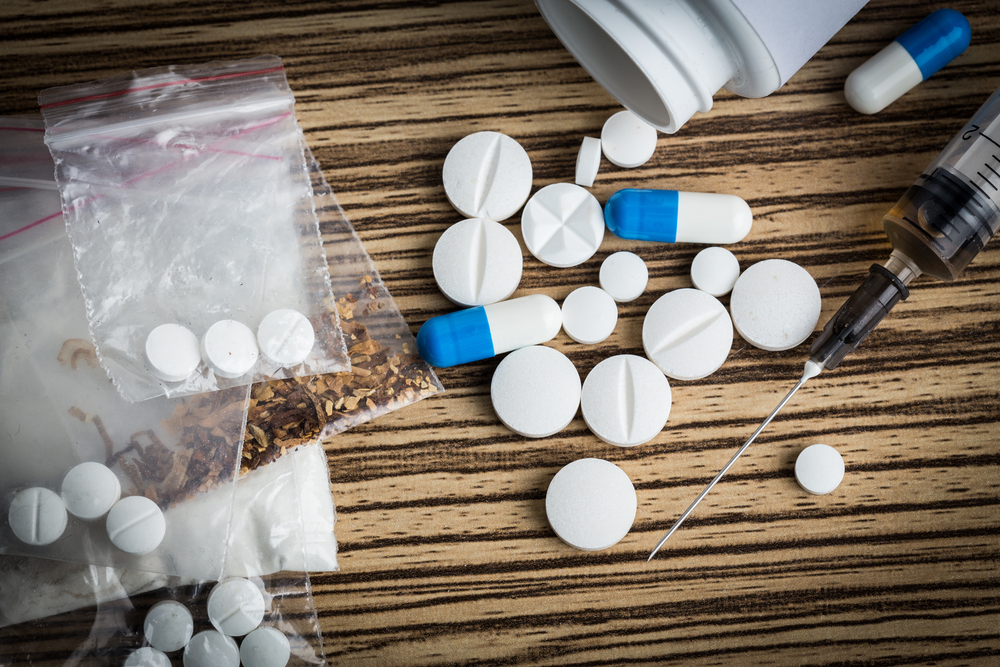Drug Addiction This article consists of 35 pages and 8618 words. In order to have full access to this article, email us at thedocumentco@hotmail.co.uk
Ref No: 1217
Drug Addiction
Abstract: The present study explores the lived experience of recovery from drug addiction of a sample of five participants involved with a community-based drug rehabilitation centre from Dublin inner-city. Few qualitative studies have been published to explore the views and experiences of recovery patients.Drug Addiction
Interpretative phenomenological analysis (IPA) has been employed to gain the participant’s perspectives on what was successful regarding their recovery from drug addiction. The participants volunteered to participate and the interviews have been audio-recorded.
Transcripts were analysed using IPA method and analysis revealed a number of themes. The main ones were: the context and the background of addiction, recovery as a process of gradual development of awareness and knowledge around recovery needs, link between addiction and forensic history, the turning point as a very negative or a string of very negative experiences, triggers for relapse as negative external and internal factors, recovery as a continuum of care, recovery as learning how to talk, communicate and trust people again, recovery as group work and support, recovery as total abstinence, recovery as giving something back, services in prison.
scarce and difficult to access and therapeutic alliance as necessary ingredient of a successful recovery. These findings imply that recovery is a complex, multi-episodic process which requires multiple interventions appropriate for each particular stage of recovery. Individual, familial and community factors need to be addressed if a successful recovery is desired. Group work and therapeutic alliance are of crucial importance. Implications for practice and limitations of the present study are discussed.
Key-words
Effectiveness of drug interventions, treatment for drug addiction, drug related offending, IPA, personal experiences.
Introduction
The statistics show that four million people use illicit drugs each year in the UK according to the NHS Information Centre study, conducted in 2009 (NHS, 2009). According to another estimate, for every UK £1 spent on drug treatment, approximately UK £9.5 can be saved on the criminal justice system and health care costs combined (Home Office, 2010), therefore as expensive as it is, addiction treatment is less costly than the direct and indirect costs associated with the addiction itself.
The link between drugs consumption and crime has been well established as in 2002, 63% of injecting drug users getting professional help, have reported being in prison (Health Protection Agency, 2003). The US research shows that the drug abuse in prison can be observed at a higher rate than in the community (Fazel et al., 2006) as presented in Roberts et al (2007). Therefore, it can be said that there is a big demand for treatment for drug abuse for forensic populations.
McLellan et al. (2005) reported that the tax payers, the policy makers and service providers are disappointed with the effectiveness of drug treatment to the date, disappointment owing to the fact that most participants relapse following cessation of treatment (McLellan, 2002), whereas about 50-60% of patients start re-using drugs within six months after completion of the treatment (Simpson et al., 1997). In this pessimistic context, it seems important to identify the types of interventions that do work and provide robust evidence of effectiveness.
Roberts et al. (2007) published a very comprehensive review on drug treatment interventions. They showed that there is an impressive body of research for community-based drug programmes in relation to their effectiveness. However, they found the methodology poor and most of the research reviewed was quantitative in nature, aiming to quantify the effectiveness of different pharmacological and psychosocial interventions. They have also noted that research with offenders around the effectiveness of drug addiction interventions is scarce.
There are several problems with the existing literature. There is no consensus among researchers with regards to how to measure the effectiveness of these types of interventions. Generally, effectiveness of substance treatment programs has been measured within the existing literature in terms of rate of recidivism as in McMurran & Theodosi (2007), treatment attendance as in Sung & Chu (2013), treatment completion as in Sweeney et al. (2007) or abstinence rates in Min et al. (2011). Abstinence rate is measured in terms of days of using/ not using drugs for instance, as in Witkiewitz & Bowen (2010) or Marsden et al. (2009) or by self-reported abstinence as in Bakken et al. (2014) or negative urine specimens as in Amrhein et al. (2003) and Min et al. (2011).
Very few quantitative studies, if any (i.e. Gonzalez- Menendez et al. 2014) report if participants have been in treatment previously and the existing body of research does not control for the previous attendance of treatment as a confounding variable, even though it is obvious that participants have been exposed previously to some (other) treatment approach and that the current drug using status cannot be ascribed exclusively to any one treatment episode. Data collected from the perspective of client users might clarify whether a successful drug rehabilitation status is exclusively the result of the last attended rehabilitation programme or a combination of more than one programmes and whether the drug –free status is influenced by family/ personal circumstances.
McMurran (2009) and Watson et al. (2013) noted that generalizing…


Recent Comments